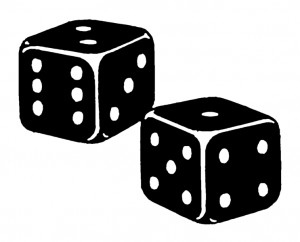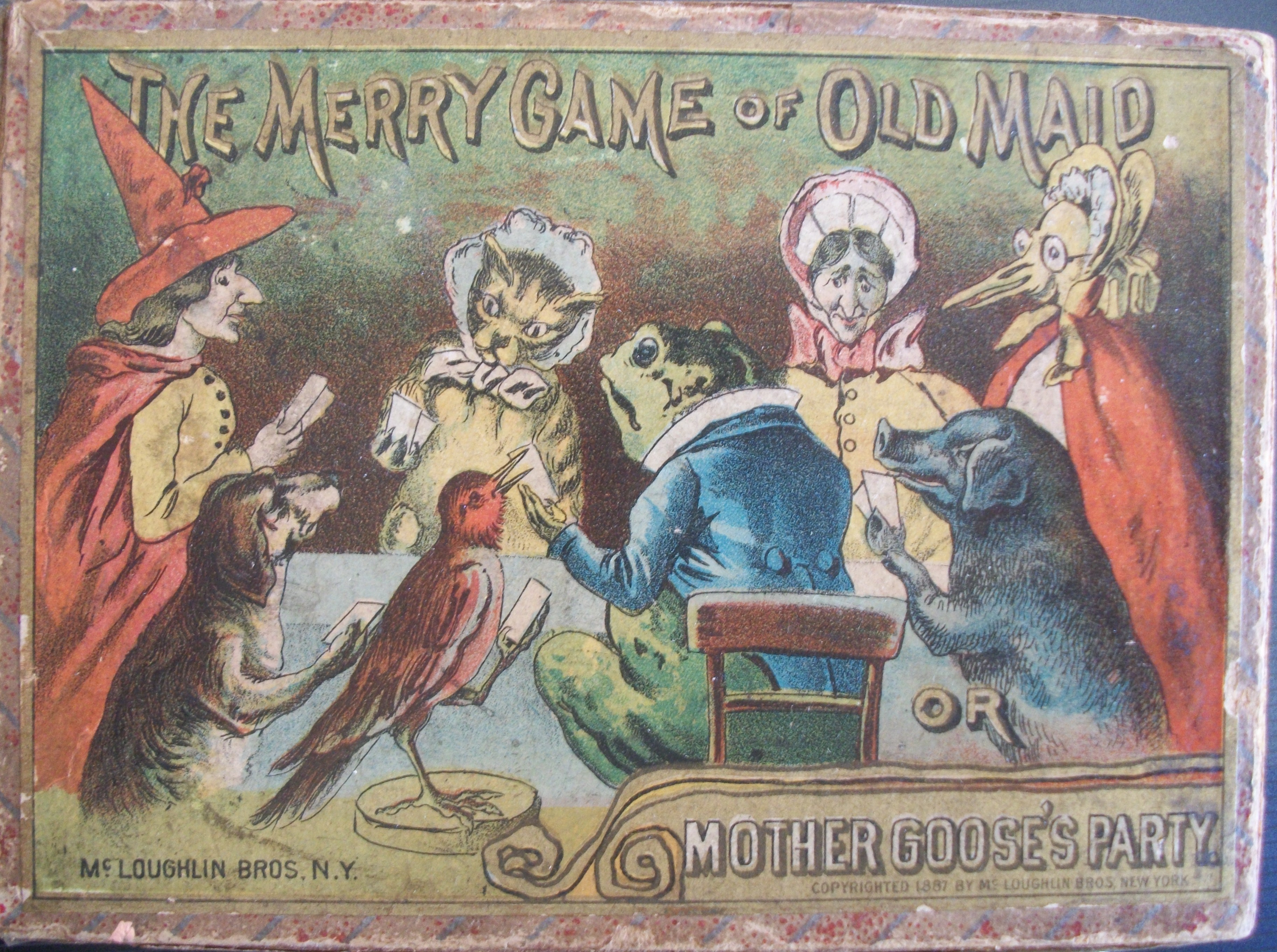 Games of old were often played to encourage the learning of various subjects. Some of the first board games commercially produced in America, like the 1843 Mansion of Happiness, taught moral lessons and inspired players to live by Christian values. Others, like the question and answer type games by Mcloughlin Bros., boosted a player’s knowledge on the particular themes featured in the game.
Games of old were often played to encourage the learning of various subjects. Some of the first board games commercially produced in America, like the 1843 Mansion of Happiness, taught moral lessons and inspired players to live by Christian values. Others, like the question and answer type games by Mcloughlin Bros., boosted a player’s knowledge on the particular themes featured in the game.
Recently, I was reading an early 1880 edition of The American Hoyle. The book wasn’t entirely about card games and included a few quick and easy dice games. Playing these games is a great way to strengthen a child’s math skills. They offer a wonderful and fun method for children to learn without even realizing it.
The game called Throwing Dice involves players throwing three dice. Each player takes turns rolling the dice, three times. Taking the rolls, and adding them, determines the player’s score for his turn. For instance, if a player rolled a 11 (5,4,2), 16 (6,6,4) and a 9 (3,1,5), then his score would be 36. The book says the player with the highest score wins the game. Another way to play the game is by applying the above basic rules, but the first player to win three rounds, by adding the three rolls of three dice, wins the game instead. This could be called Triple Dice.
Raffles consists of three dice, too. In this game players take turns rolling three dice until they roll at least a pair. Highest sum with pairs wins. A roll of three dice of the same (triplets) beats a roll of two 5’s and a 6. Or depending on what player’s choose, high pairs always win; a roll of triple 5’s would not win over a roll of two 5’s and a 6. This is decided upon before play. The winner of the game is the first player to win five rounds.
Once again, Multiplication is played by rolls of three dice. Players take turns rolling all three dice. After rolling, he sets the highest number to the side, and rolls the other two dice again. He then sets the highest number rolled of the two dice, and rolls once more. His last rolled die is multiplied to the sum of the first two dice. This is his score for the round. The first player to reach 500 wins the game.
Going to Boston is played like Multiplication with the following change. All numbers are added together instead of the last being multiplied. The winner of this game is the first to reach 200 points.
Twenty-One is played by rolling one dice. Each player rolls one die as many times as he wants in attempts to get as close to, or equal to, the amount of 21, by adding his rolls. If a player rolls over 21, he loses the round immediately. The player who rolls the closest to 21 wins the round. The book details betting rules, and a different way for players to win. However, when playing with children, the game could be decided to be won by the first player to succeed in getting closest to 21, in 7 rounds.
The above dice games can be played while waiting for an appointment, or anytime math skills want worked on. They are even great to play on family game night. Whip up a dice cake for desert, and roll out the fun and games for a sweet time!
Please feel free to Like/Follow All About Fun and Games for continuing information and ideas on Fun and Games!

